When water levels fall as a result of a drought that is afflicting large parts of the Philippines, a centuries-old town that was drowned during the dam's construction in the 1970s has resurfaced.
Notwithstanding the intense heat in the area, tourists are drawn to the ruins in the centre of Pantabangan Dam in the province of Nueva Ecija.
Several months of "almost no rain" caused parts of a church, a municipal hall sign, and tombstones to reappear in March, according to National Irrigation Administration supervising engineer Marlon Paladin.
This is the sixth time the over 300-year-old town has appeared since the reservoir was built to produce hydroelectric power and supply irrigation water for nearby farmers.
According to Paladin's expertise, "this is the longest time (it was visible)," AFP was informed.
The state weather forecaster's data indicates that the reservoir's water level has decreased by over 50 metres (164 feet) from its typical high level of 221 metres.
The country of the archipelago usually has the warmest and driest months in March, April, and May, but this year's El Nino weather phenomena has made things worse.
Nueva Ecija is among the roughly half of the provinces in the nation that are officially experiencing drought.
Visitors who wish to go up close to the ruins may do so by paying fisherman about 300 pesos ($5.00) for a quick boat ride to the makeshift island in the centre of the reservoir.
Nely Villena, who resides in the municipality of Pantabangan, frequently goes to a viewing point with a view of the dam and the ruins.
When the water level is low, the view is better. The 48-year-old Villena told AFP, "If the water is too high, all I can see is water," as a fierce wind blasted over the ocean to relieve the intense heat.
"My heart was overwhelmed because I studied there, I was even born there."
Two hydroelectric facilities close to the dam had to cease operations earlier this month due to the dropping water level, ahead of the scheduled closure on May 1.
Additionally, it caused a shortage of irrigation water for a large number of rice farmers, causing some of them to convert to vegetable farming, which uses less water.
Even if it means her former house will once more vanish from sight, Dela Cruz claimed she still prays for rain.
"Our farmers badly need water for their fields," she stated.
End/v7n/ijp/sma/dk/



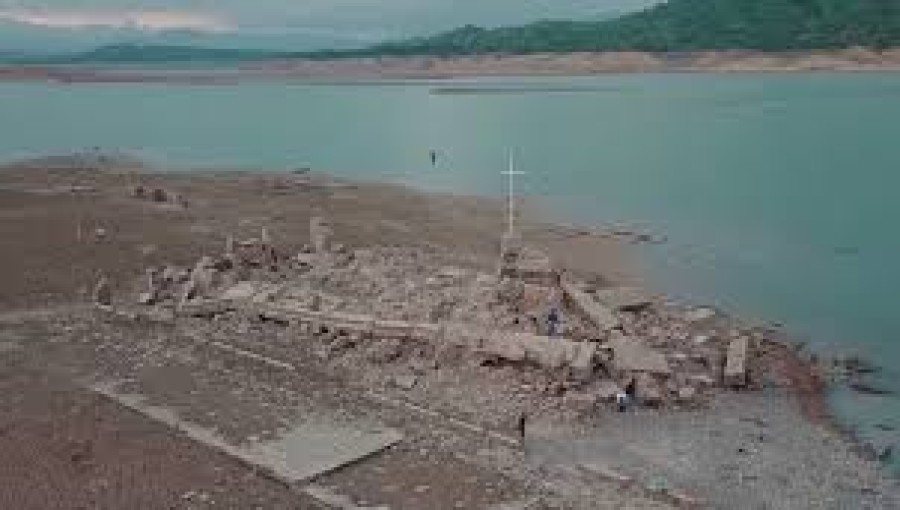




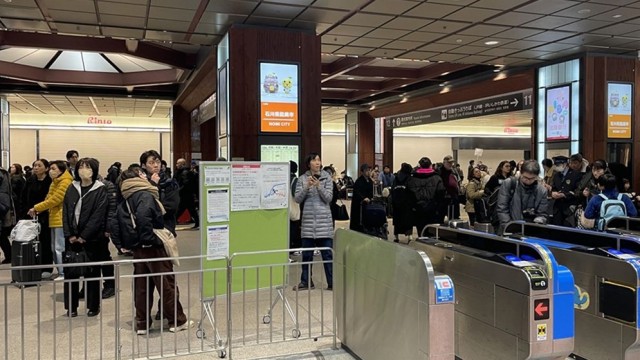
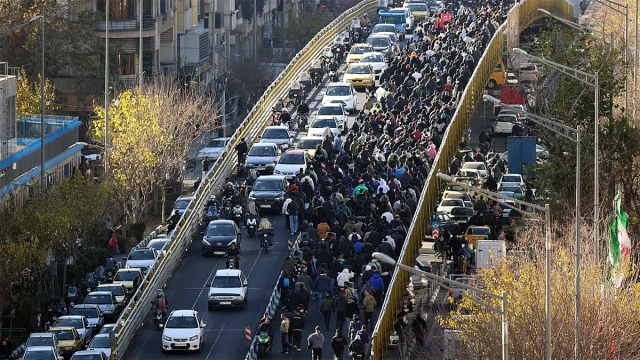

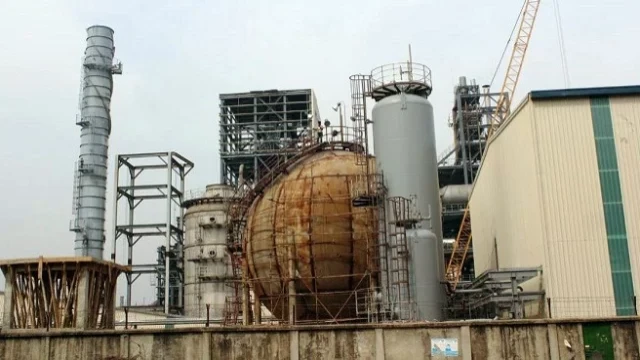

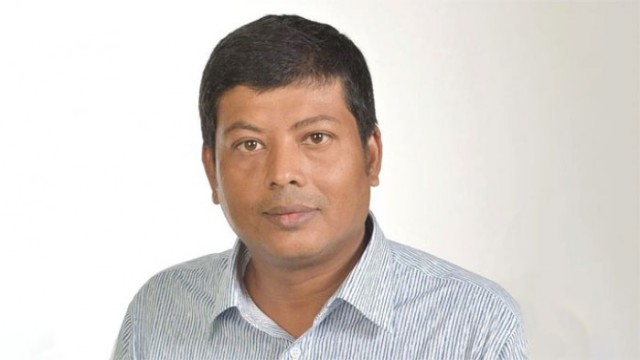


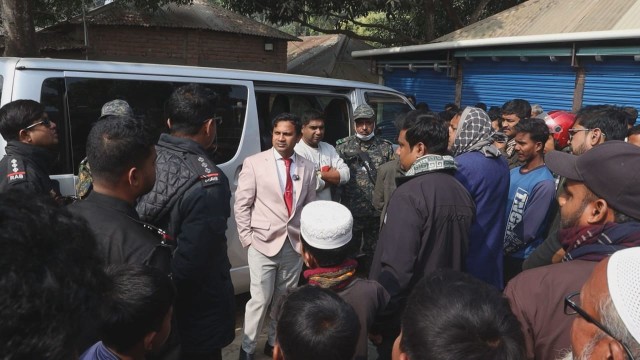
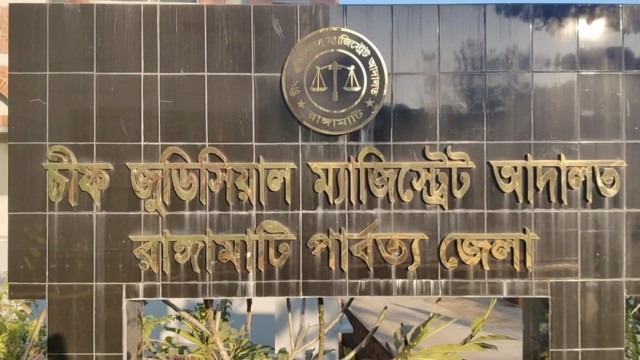




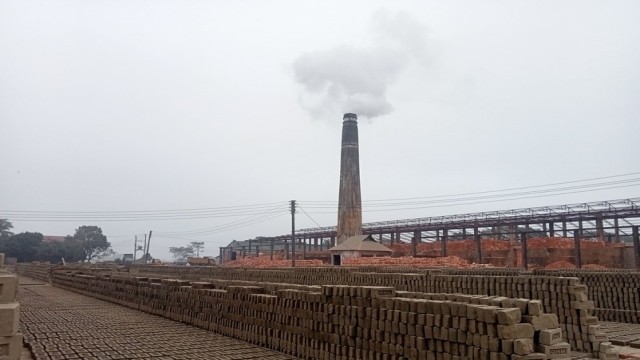
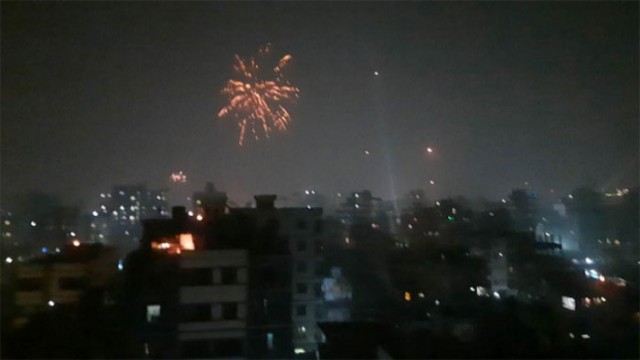
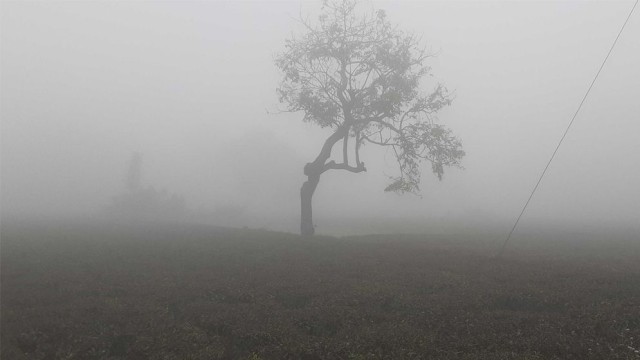
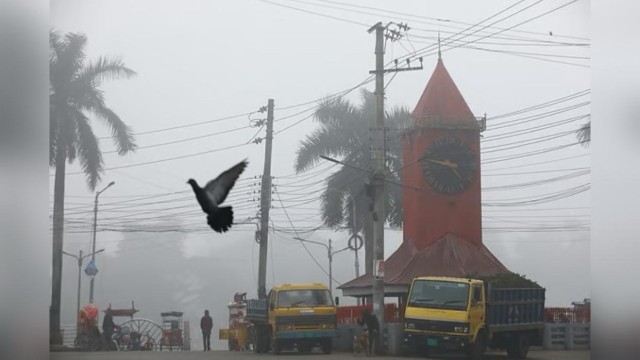

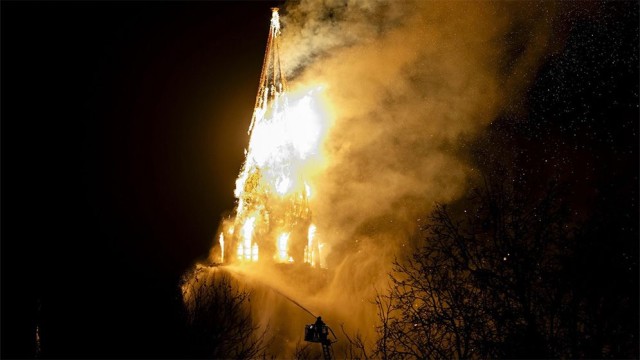



Comment: